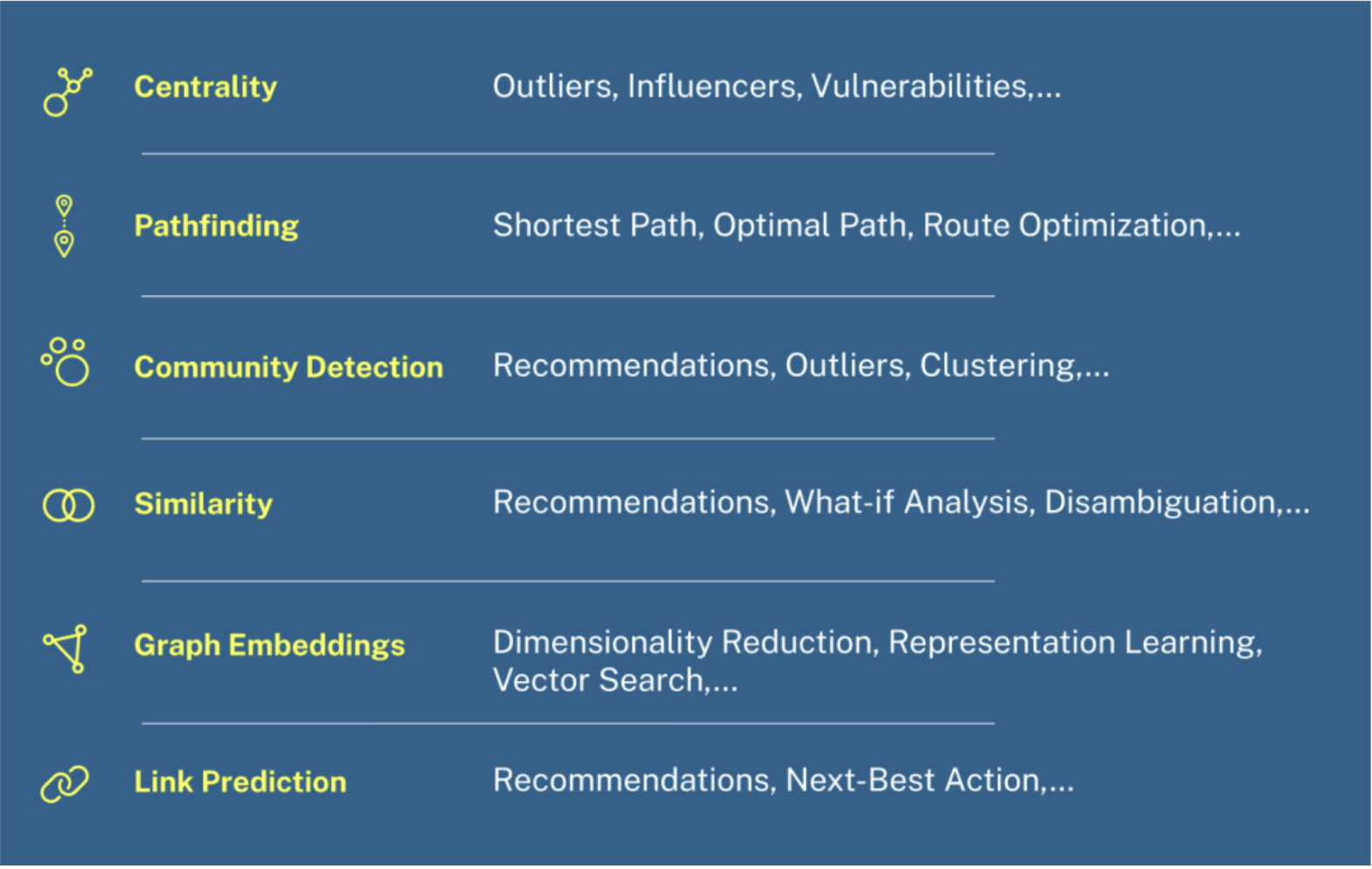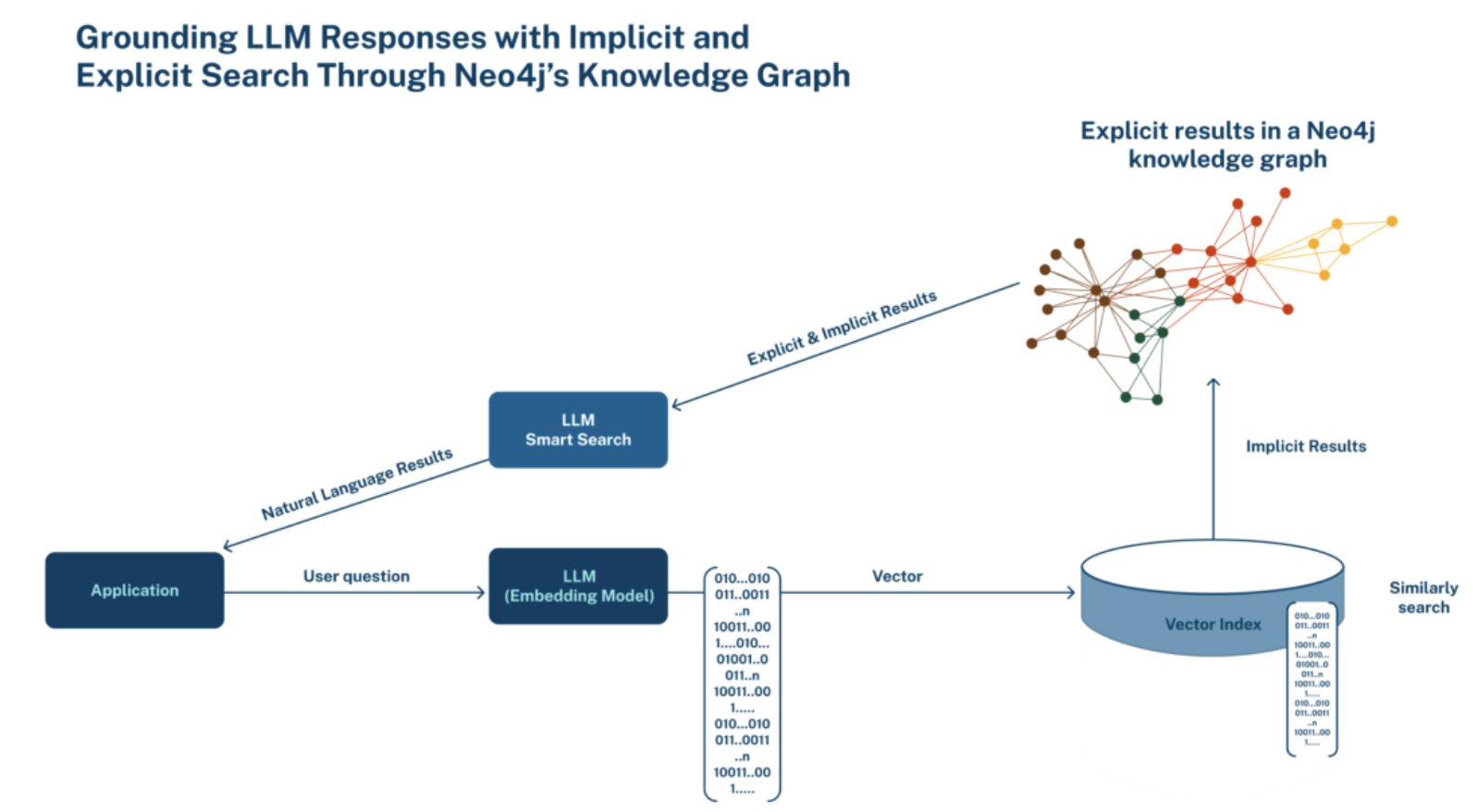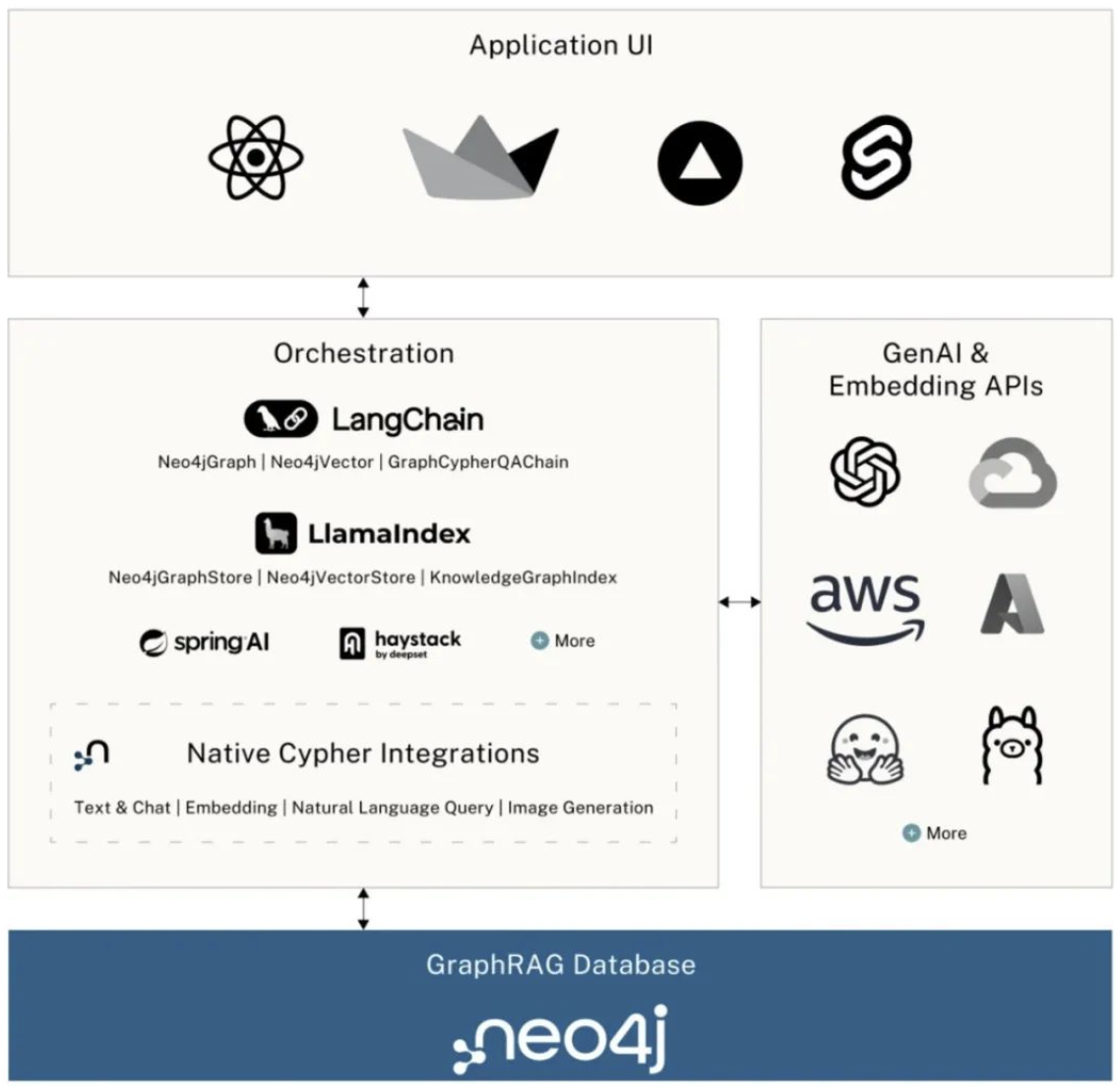
The Neo4j + Databricks connector delivers deeper insights and accelerates GenAI development
The Neo4j + Databricks connector enables enterprises to uncover hidden patterns in interconnected data, accelerating GenAI development and analytics. By combining structured and unstructured data, businesses gain deeper contextual insights for fraud detection, customer 360, and supply chain optimization. The solution features seamless data ingestion, real-time analysis with Neo4j’s graph algorithms, and enhanced GenAI accuracy via GraphRAG. With ACID compliance, robust security, and integrations like LangChain, it empowers developers to build scalable, explainable AI applications. This partnership delivers faster insights while maintaining data integrity across industries.

In a hyperconnected, data-rich world, businesses need to understand complex relationships within large, diverse datasets. For example, customer interactions involve tracking behaviors, preferences, and patterns across online platforms, physical stores, and social media. Companies must comprehend all these relationships to optimize strategies and enhance customer experiences.
To address this, Databricks and Neo4j have jointly introduced a validated partner solution. This connector enables their mutual customers to seamlessly integrate structured and unstructured data, uncover hidden patterns across billions of data connections, enhance contextual understanding, and rapidly deliver enterprise-grade GenAI applications.

Neo4j helps businesses efficiently analyze relationships in highly interconnected data, even as volumes grow. Its applications span fraud detection, supply chain and logistics, energy solutions, customer 360, and more.
Developers using Neo4j with Databricks can now:

- Enhance analytics by ingesting data from Databricks to Neo4j: Create a seamless workflow to continuously process, analyze, and update data across both platforms, enabling real-time insights and decision-making.
- Discover hidden patterns for deeper insights: Leverage Neo4j’s built-in graph algorithms and Cypher query language to uncover hidden patterns. In Databricks notebooks, Neo4j Bloom and the Neo4j Visualization Library (NVL) enable visual data exploration.
- Combine Neo4j knowledge graphs with Graph Retrieval-Augmented Generation (GraphRAG): Neo4j’s knowledge graphs enhance RAG by addressing accuracy, explainability, and transparency, unlocking GenAI’s full potential.
Next, let’s explore how Neo4j and Databricks deliver breakthrough analytics and GenAI outcomes.

Data from Databricks to Neo4j for Enhanced Analytics
The Neo4j connector for Databricks seamlessly transfers data to Neo4j for analysis in a graph structure. Neo4j’s graph database excels at handling interconnected data, making it ideal for analyzing complex relationships. The connector can read from and write to Delta tables in Databricks notebooks.
A code snippet demonstrates how the connector ingests data into Neo4j to create nodes, labels, properties, and relationships.
Both Delta Lake and Neo4j are ACID-compliant systems, ensuring data consistency, reliability, and integrity across the pipeline. Delta Lake, an open-source storage layer, brings ACID transactions to Apache Spark and big data workloads. Neo4j and Delta Lake efficiently handle complex queries and real-time insights, scaling to petabytes of data while ensuring consistency through ACID transactions and optimizing reads/writes via indexing and caching.
The Databricks connector prioritizes data availability and security. Neo4j Aura offers a 99.95% uptime SLA for real-time applications and complies with ISO 27001, GDPR, CCPA, SOC2, and HIPAA. Access controls via Databricks Unity Catalog ensure only approved data is analyzed, while Neo4j integrates with SSO providers like Microsoft Azure AD and Okta, offering static encryption via customer-managed keys (CMK) and role-based access control (RBAC).
Discovering Hidden Patterns for Deeper Insights
Neo4j’s developer-friendly schema simplifies prototyping and evolving data models from development to production. Its property graph model stores attributes directly in the graph, streamlining design and implementation.
Graphs built on Neo4j unify transactional, organizational, and vector-embedded data in a single database, simplifying application architecture. Native graph databases enable rapid traversal of connections without costly joins or index lookups—a capability called index-free adjacency, where nodes directly reference neighbors via memory pointers. This ensures processing time scales with data volume, not relationship complexity.
Developers can also use prebuilt graph algorithms and Cypher queries for pattern detection. Centrality, pathfinding, similarity, and other Neo4j algorithms power recommendation engines, supply chain optimization, identity management, and network monitoring.
Knowledge Graphs and GraphRAG: Unlocking GenAI’s Potential
The importance of knowledge graphs in GenAI cannot be overstated. Gartner highlights their critical role, urging data leaders to “harness LLMs’ power and knowledge graphs’ robustness to build fault-tolerant AI applications.”
As GenAI adoption grows, knowledge graphs excel at improving LLM accuracy, relevance, and transparency. They contextualize responses by representing relationships and integrating structured/unstructured data.
With GraphRAG, LLMs retrieve relevant information from knowledge graphs using vector and semantic searches, then augment responses with contextual data. Microsoft researchers found GraphRAG-powered LLMs deliver more comprehensive, interpretable, and diverse answers.
Databricks developers can accelerate GenAI projects by integrating GraphRAG capabilities. Ready-made integrations provide easy access to AI frameworks like LangChain and LlamaIndex.
Adding Critical Analytics and GenAI Capabilities to Databricks
Extracting insights from densely connected datasets and accelerating GenAI development are top priorities for modern enterprises. The Neo4j-Databricks integration helps organizations tackle these challenges and stay ahead in the GenAI and analytics landscape.
Neo4j’s graph database platform empowers businesses to uncover hidden relationships across billions of connections, solving critical challenges in fraud detection, customer 360, supply chains, IoT, and more.









